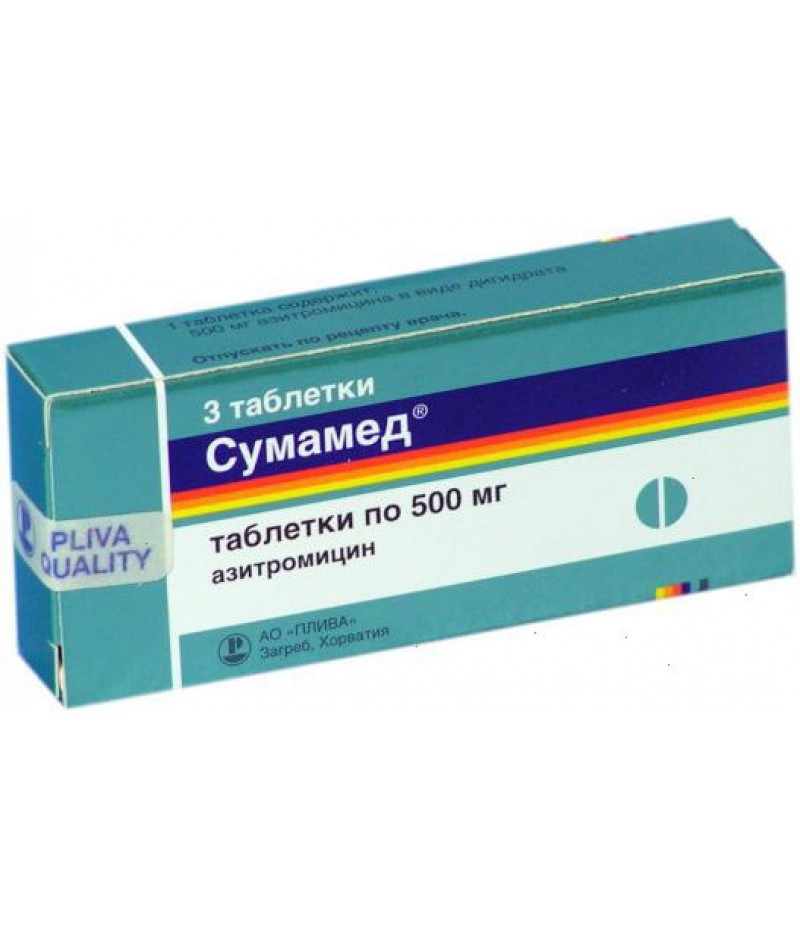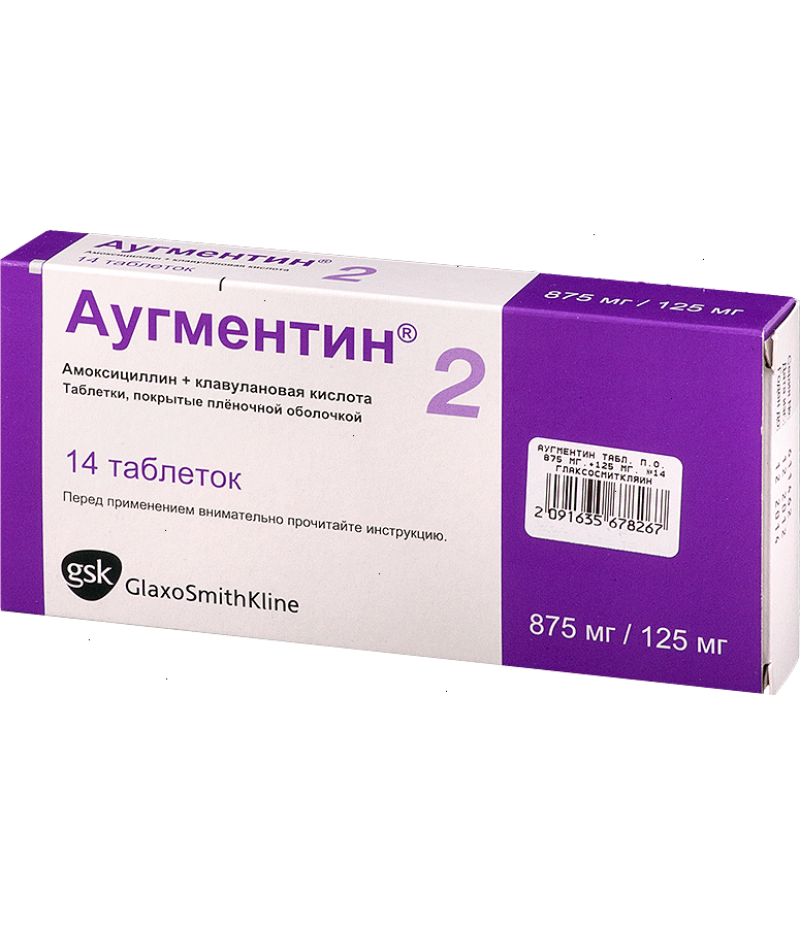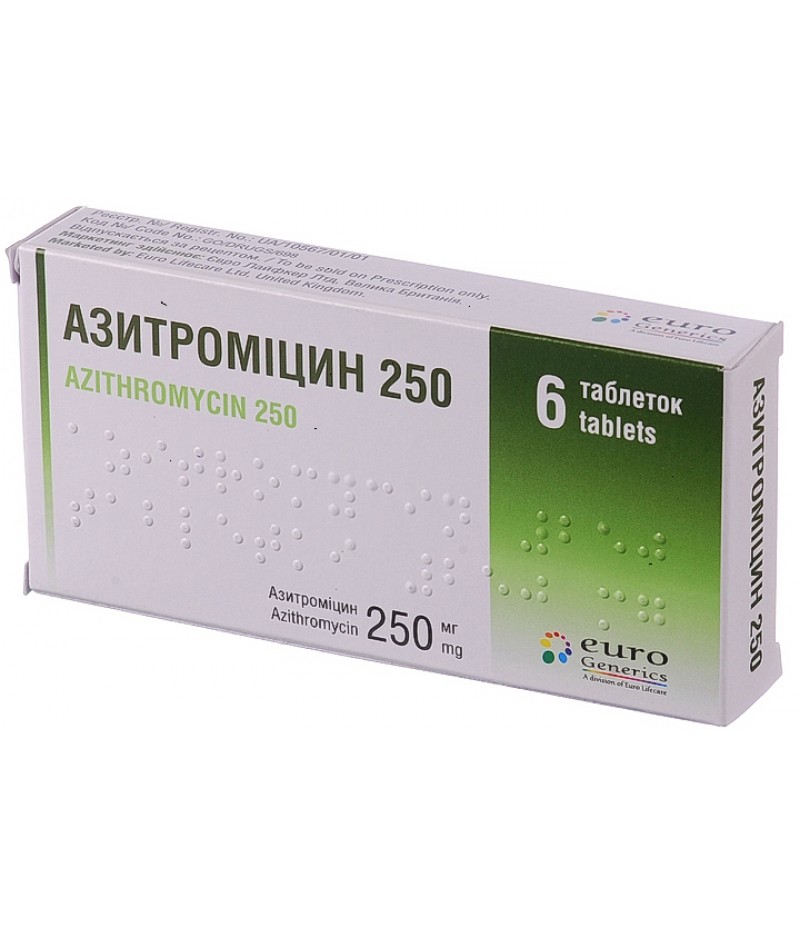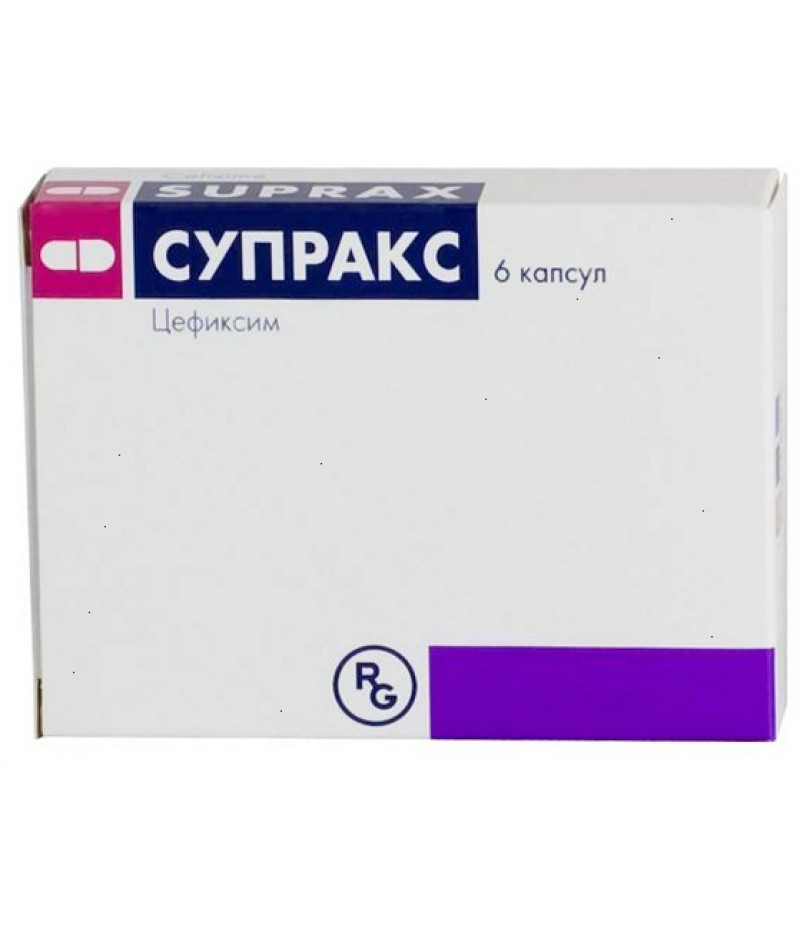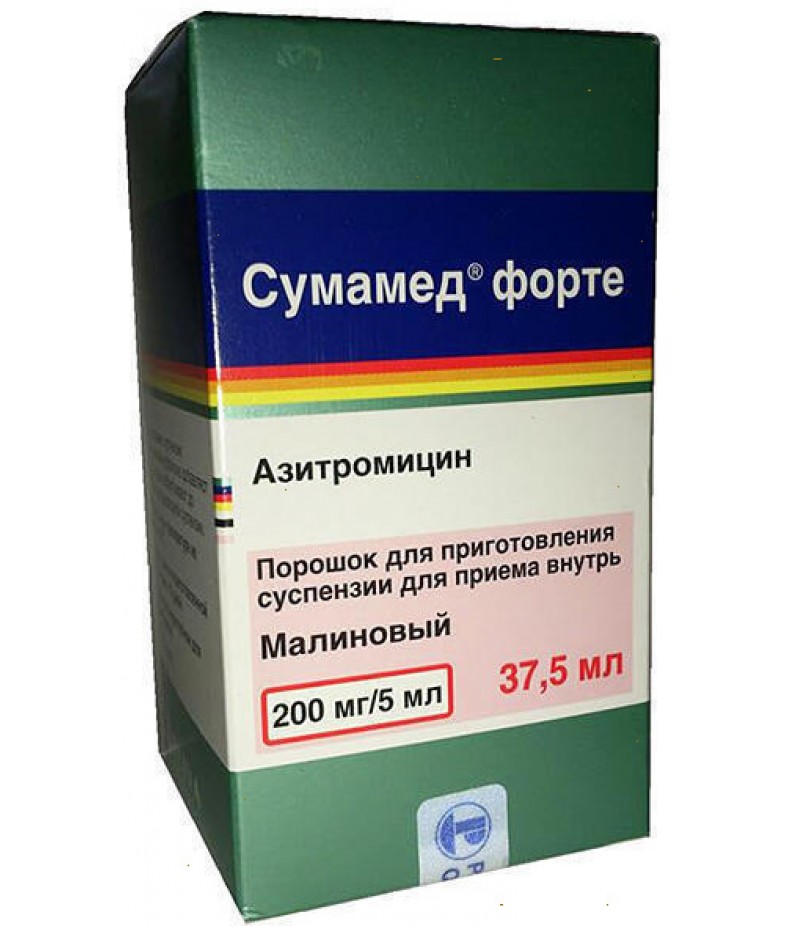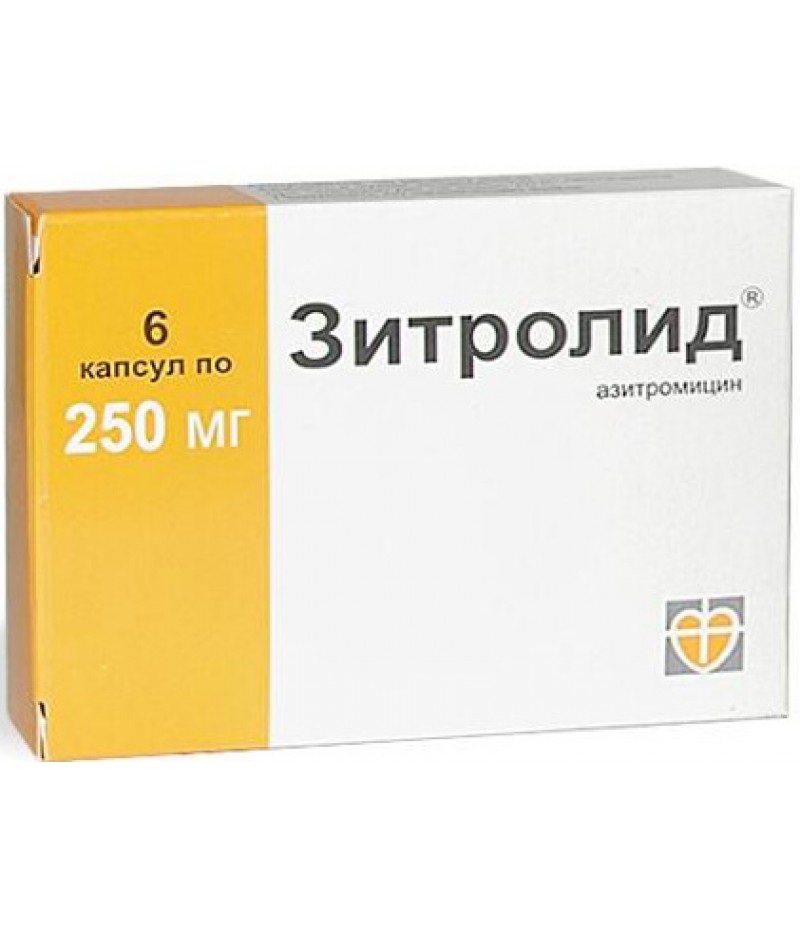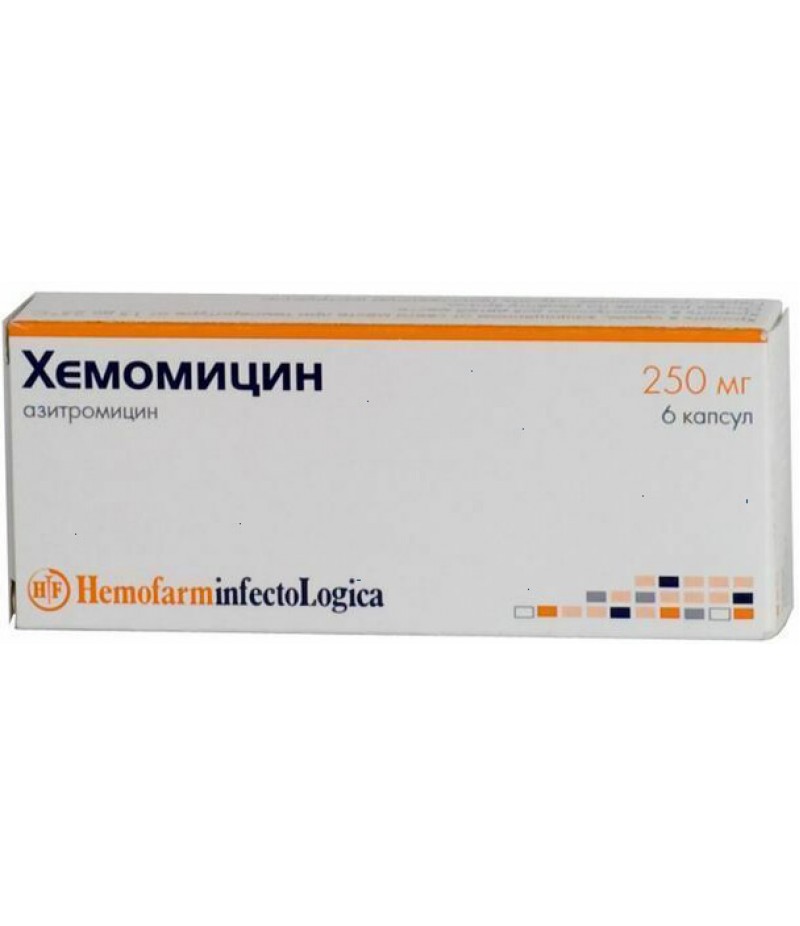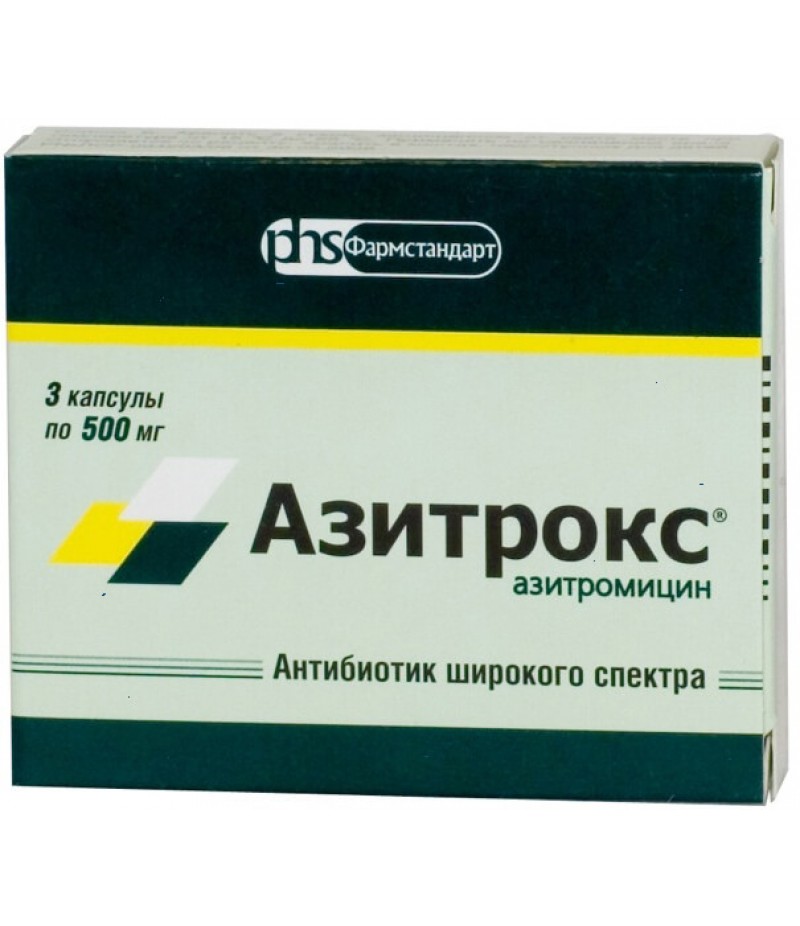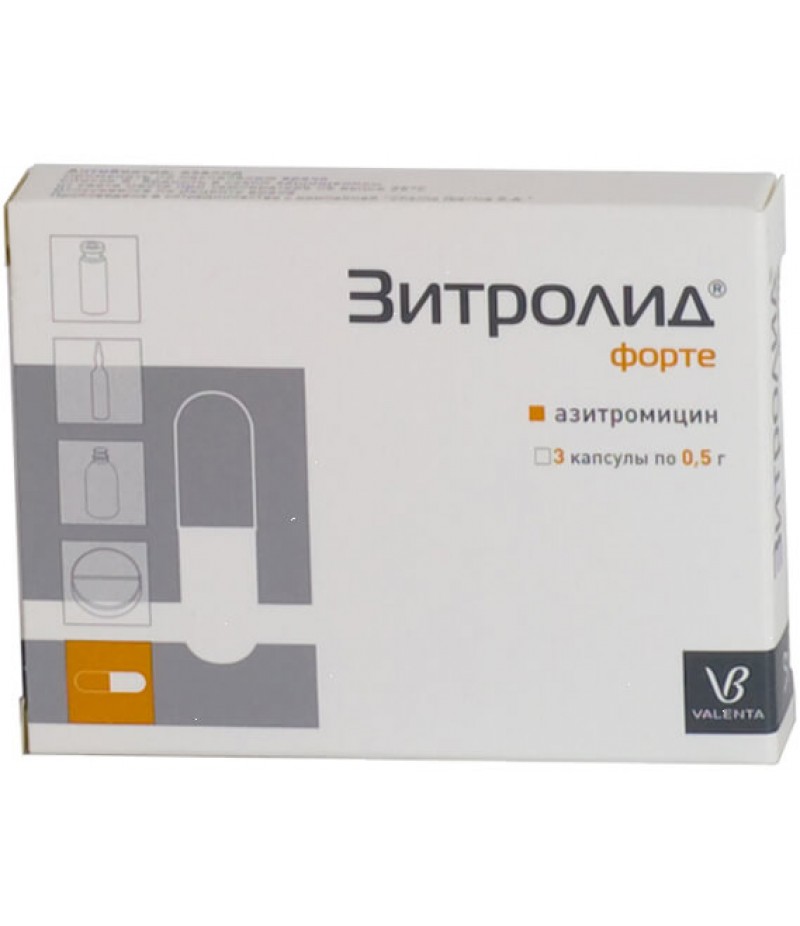Sumamed tabs 500mg #3
- $26.48
- 3 or more $25.99
- Availability:In Stock
Notice: Undefined variable: short_description in /home/innuenze/domains/farmacy-houses.com/public_html/catalog/view/theme/tt_angara3/template/product/product.tpl on line 105
Tags: tabs
Sumamed instruction
Reed more and buy Sumamed here
See also - Sumamed Forte
Composition
The composition of the preparation of all forms includes the active component of azithromycin dihydrate.
Sumamed in tablets also contains such additional substances: anhydrous calcium hydrophosphate, pregelatinized starch, sodium lauryl sulfate, hypromellose, corn starch, magnesium stearate, MCC.
Capsules contain in the composition such additional substances: sodium lauryl sulfate, MCC, magnesium stearate.
The powder from which the suspension is prepared contains such additional substances: sodium phosphate, sucrose, giprolose, xanthan gum, flavor, silicon dioxide colloid.
Form of issue
The preparation is made in the following forms:
Tablets of 125 mg are biconvex, round, blue in color, with a film membrane. There are engravings "PLIVA" and "125". The blister packs 6 tablets.
Tablets 500 mg - biconvex, oval, blue, with a film membrane. At the break the tablet is white. There are engravings "PLIVA" and "500". The blister packs 3 tablets.
Capsules of gelatin have a blue casing and a blue lid, inside the capsule there is a powder or mass having a white or light yellow color. The blister contains 6 capsules.
The powder from which the Sumamed suspension is prepared has a white or light yellow color. It is granular, with the aroma of a banana or cherry. A homogeneous suspension is prepared from the powder. Contained in bottles of 50 ml, the kit includes a measuring spoon or syringe for dosing.
pharmachologic effect
Sumamed is an antibiotic bacteriostatic, a group of antibiotics are macrolides-azalides. Has an antimicrobial effect of a wide spectrum. Its mechanism of action is based on the ability to suppress the synthesis of the protein of the microbe cell. As a consequence, the growth and multiplication of bacteria slows down. At high concentrations it acts as a bactericidal agent.
Wikipedia testifies that the active component of the drug shows activity against a number of gram-negative and gram-positive anaerobes, as well as intracellular microorganisms, etc.
It should be borne in mind that microorganisms may exhibit resistance to the antibiotic or, in the course of time, acquire such stability. Initially, resistance to the drug is noted in gram-positive aerobes Staphylococcus spp., Enterococcus faecalis, in anaerobes - Bacteroides fragilis, in gram-positive bacteria that are resistant to erythromycin.
Pharmacokinetics and pharmacodynamics
As the abstract indicates, the active substance in the body is absorbed quickly, and its distribution also occurs quickly. After taking the drug at a dose of 500 mg, the bioavailability level is 37%. The highest concentration in the blood is observed after 2-3 hours, it is 0.4 mg / l. The protein binds to 7-50%.
Azithromycin is able to penetrate the cell membranes, which makes the drug useful for infections caused by intracellular pathogens in the body. Phagocytes transport it to the site of infection, and then the azithromycin is released.
Can pass through the histohematological barriers. The concentration in cells and tissues is 10-50 times higher than in blood plasma. In the foci of infection, the concentration of the substance is higher than in the remaining tissues.
Demethylated in the liver. Half-life is 35-50 hours. From tissues, the elimination half-life is longer. Output is unchanged, about 50% - through the intestine, about 6% = through the kidneys.
Indications for use of Sumamed
Indications for the use of this drug are infections and inflammatory diseases that cause microorganisms in the body that are sensitive to this drug:
infections that affect ENT organs and upper respiratory tract (for sinusitis, sinusitis, tonsillitis, otitis, etc.);
infections that affect the lower respiratory tract (acute bronchitis, chronic bronchitis in the period of exacerbation, pneumonia, etc.);
acne vulgaris (medium severity);
infectious ailments of soft tissues (impetigo, erysipelas, etc.);
Lyme disease (disease in the initial stage);
infectious diseases of the genitourinary tract, provoked by Chlamydia trachomatis.
Contraindications
Contraindications for the drug Sumamed are as follows:
increased sensitivity to constituent agents, as well as to erythromycin or to ketolides, antibiotics from the macrolide group;
impaired hepatic or renal function;
reception of the agent simultaneously with dihydroergotamine and ergotamine.
Do not also take pills or capsules 500 mg of children until the age of 12 years. Do not take 125 mg tablets in children under 3 years old. Also, do not give syrup (suspension) to children under 6 months.
With caution Sumamed for adults is prescribed for myasthenia gravis, violations of liver and kidney functions, people who have proaritmogenic factors, those who are undergoing treatment with antiarrhythmic drugs of classes IA and III, patients with heart failure in severe form, with arrhythmia, bradycardia.
Side effects
In the course of admission, these side effects may occur:
hematopoiesis system: neutropenia, eosinophilia, leukopenia; in very rare cases - hemolytic anemia, thrombocytopenia;
infectious diseases: candidiasis, pharyngitis, pneumonia, respiratory diseases, gastroenteritis, rhinitis;
metabolism: anorexia;
nervous system: paresthesia, irritability, dizziness, drowsiness, headache, taste disorders, insomnia, etc .;
allergic manifestations: urticaria, hypersensitivity, angioedema;
organs of vision: impaired vision;
hearing organs: vertigo, hearing disorder, tinnitus;
Cardiovascular system: strong palpitation, lowering of arterial pressure, flushes of blood to the face, ventricular tachycardia;
digestive system: diarrhea, vomiting, nausea, abdominal pain, flatulence, gastritis, constipation, belching, bloating, dysphagia, etc .;
respiratory system: shortness of breath, nosebleed;
liver and biliary tract: hepatitis, a violation of liver function, cholestatic jaundice;
skin and subcutaneous tissues: dry skin, dermatitis, rash, sweating, Stevens-Johnson syndrome, erythema multiforme;
musculoskeletal system: myalgia, osteoarthritis, back or neck pain, arthralgia;
sexual system: dysfunction of testicles, metrorrhagia;
urinary system: dysuria, pain in the kidneys, interstitial nephritis;
other side effects: malaise, asthenia, fatigue, chest pain, face swelling, fever;
change in a number of laboratory indicators.
Instructions for use Sumamed (Method and dosage)
The drug should be drunk 1 hour before meals or 2 hours after. As a rule, the medicine is taken once a day. You do not need to chew the tablets.
Sumamed tablets, instructions for use
In the case of infectious respiratory diseases, ENT organs, the patient should receive 500 mg once a day for 3 days. In the case of infectious diseases of soft tissues and skin, the antibiotic should be taken similarly.
Patients with migrating erythema are prescribed on the first day of treatment 1 g of remedy, in the next 4 days - 500 mg.
In infectious diseases of the urinary tract appoint a dose of 1 g once.
In the case of acne vulgaris is prescribed at a dose of 500 mg once a day, you need to drink for three days, after which for 9 weeks you need to take 500 mg of the medication once a week.
Instructions for use of Sumamed for children
Children with infectious diseases of the respiratory tract, ENT organs, as well as in diseases of soft tissues and skin, are prescribed a dose in the calculation of 10 mg per 1 kg of weight once a day, 3 days. Thus, children weighing 18-30 kg should receive 2 tablets of 125 mg per day (250 mg), children weighing 31-44 kg 3 tablets (375 mg).
Children who have tonsillitis or pharyngitis, provoked by Streptococcus pyogenes, are given a dose of 20 mg per kg of body weight per day for three days.
When Lyme disease is prescribed on the first day of the dose at a rate of 20 mg per kg of body weight per day, then for four days in the calculation of 10 mg per 1 kg of weight once a day.
Sumamed, instructions for use
Children's syrup (suspension) is indicated for use in children from 6 months to 3 years. To measure the dose, children weighing up to 15 kg use a syringe, children weighing more than 15 kg, measure the dose with a measuring spoon.
Children with infectious diseases of the respiratory tract, ENT organs, as well as with soft tissue and skin diseases are prescribed a dose in the calculation of 10 mg per 1 kg of weight once a day, drink 3 days.
Children who have tonsillitis or pharyngitis, provoked by Streptococcus pyogenes, are prescribed a dose of 20 mg per 1 kg of body weight per day, drink 3 days.
In Lyme disease, in the initial stage, the dose is prescribed on the first day at a rate of 20 mg per kg of body weight per day, then for four days in the calculation of 10 mg per kg of body weight once a day.
Before use, read the instructions on how to prepare the Sumamed suspension. To do this, add 12 ml of water to the powder in the vial using a syringe. The contents of the vial should be shaken well. Store the finished product is permissible for 5 days at a temperature of not more than 25 degrees. Before taking the children, you need to shake the contents of the vial. The dosage of Sumamed is administered to children through a spoon or syringe. How to grow Sumamed 100mg / 5ml, you can learn from the instructions.
Overdose
If the dosage was significantly exceeded for adults or children, the patient may experience nausea, diarrhea, vomiting, and a person may lose their hearing for a while. Symptomatic treatment is performed.
Interaction
Simultaneous administration of antacids does not affect the bioavailability of azithromycin, but at the same time its maximum concentration in the blood decreases by 30%.
Simultaneous reception of macrolides with substrates of P-glycoprotein leads to an increase in the concentration of the P-glycoprotein substrate in the blood.
With the simultaneous administration of azithromycin and zidovudine, there is little effect on the pharmacokinetics of the zidovudine glucuronide metabolite. Also, with the simultaneous use of these drugs, there was an increase in the concentration of phosphorylated zidovudine (a metabolite, clinically active) in peripheral blood mononuclear cells.
A weak effect of azithromycin with isoenzymes of the cytochrome P450 system is noted.
It is not recommended to use ergot alkaloids simultaneously with the derivatives, since there is a theoretical possibility of manifestation of ergotism.
When applying simultaneously azithromycin and atorvastatin, there were no changes in the concentrations of atorvastatin in the blood. But in the post-marketing period, there were isolated cases of rhabdomyolysis in people who simultaneously received azithromycin and statins.
Simultaneous use of cimetidine in a single dose does not affect the pharmacokinetics of azithromycin if cimetidine was taken no earlier than 2 hours before azithromycin.
It is often necessary to monitor prothrombin time if both azithromycin and anticoagulants are administered indirectly orally.
It is recommended to use caution carefully azithromycin and Ciclosporin, if necessary, this combination should monitor the concentration of Cyclosporin in the blood plasma and carry out dose adjustment.
With simultaneous use, the pharmacokinetics of Fluconazole did not change, but the maximum concentration of azithromycin decreased. However, it had no clinical significance, which is why parallel application is allowed.
If azithromycin and Rifabutin are used simultaneously, neutropenia is sometimes noted. However, the relationship between these phenomena is not established reliably.
With the simultaneous treatment with macrolides and terfenadine, the development of arrhythmia and prolongation of the QT interval is possible, for which Sumamed tablets should be taken cautiously in this case.
Storage conditions
The manufacturer recommends that the product be protected from children, the storage temperature should not be more than 25 ° C.
Shelf life
Capsules and Sumamed tablets can be stored for 3 years. The powder from which the suspension is prepared is stored for 2 years, the finished suspension can be stored for 5 days.
special instructions
A remedy is carefully used to treat people with impaired liver function, both mild and moderate, as there is a possibility of developing severe hepatic insufficiency and fulminant hepatitis.
Patients who ask doctors about whether Sumamed is an antibiotic or not, it should be noted that this is an antibacterial drug. Consequently, a constant examination is required for the development of superinfections and the presence of non-responsive microorganisms. It is important to follow the dosage indicated in the instructions and the duration of treatment. Therefore, Sumamed in angina in adults and children, as well as treatment of the frontitis and other diseases can be practiced only after the appointment of a doctor.
With prolonged treatment, the patient may develop pseudomembranous colitis.
With the use of macrolides in patients, there was an increase in cardiac repolarization, the QT interval. As a consequence, the risk of developing cardiac arrhythmias increases.
Treatment with Sumamed can lead to myasthenic syndrome or provoke an exacerbation of myasthenia gravis.
Safety and effectiveness of Sumamed IV administration in children and adolescents under 18 years old is not established.
People who need to limit the intake of sodium should take into account the sodium content of the drug.
Care should be taken to drive vehicles and perform other actions that require concentration if the patient is on treatment with Sumamed.
Sumamed or Azithromycin - which is better?
Azithromycin is Sumamed's generic drug, respectively, the price of Azithromycin is lower. Many patients are interested in what is the difference between drugs other than cost. Azithromycin, as a copy, does not pass all the studies and tests, unlike Sumamed. Also, the composition of the tablet shells may differ in the formulations.
Sumamed or Suprax - which is better?
In the composition of the drug Supraks - another active substance cefixime. This substance has a pronounced bactericidal action. But you need to take into account that the highest concentration after taking is achieved 4 hours after admission.
Which is better: Sumamed or Augmentin?
As part of the drug Augmentin - an active substance amoxicillin, this antibiotic belongs to the group of penicillins. To use this tool, unlike Sumamed, it is possible from the first days of a baby's life.
Sumamed for children
Children under 12 years of age do not take capsules and tablets 500 mg, children under 3 years of age should not take 125 mg tablets. Before the baby reaches 6 months of age, do not take syrup. Basically, Sumamed suspension for children is prescribed. Dosage for children depends on the weight of the child. Antibiotic in tablets, children weighing 18-30 kg should receive a dose of 250 mg per day, children weighing 31-44 kg - 375 mg per day. The dosage for children of the suspension also depends on body weight. Dosage should be clearly measured so that there is no overdose in the child. The reviews testify to the effectiveness of the remedy for bronchitis in children, in otitis in children, and others.
It should be the case that the appointment should be done only by a children's doctor. So, capsules 250 mg for children can be taken only after the appointment of a clear scheme by a doctor.
Sumamed and alcohol
When discussing compatibility with alcohol of this drug, it should be noted that any antibiotics with alcohol should not be combined. Despite the lack of information about this in the annotation, doctors note that with this combination, the load on the liver increases and unwanted side effects develop.
Sumamed during pregnancy and lactation
The agent can be prescribed during pregnancy only if the probable benefit exceeds the potential negative impact. When lactation is not prescribed.
Reviews of Sumamed
Reviews about Sumamed in the forums are different. Many patients note that it is convenient to take an antibiotic, it is also written that it acts quickly in bronchitis, in angina, in genyantritis. The suspension is also evaluated positively by the parents, since the children like its taste, so it is easy to give it to a child.
But there are also reviews in which we are talking about side effects. In particular, with the reception of Sumamed, diarrhea and pain in the intestines are sometimes manifested. Parents applying Sumamed for children, reviews of side effects are rarely left. They note that the remedy does not cause allergic manifestations. The doctors' comments are also mostly positive.

